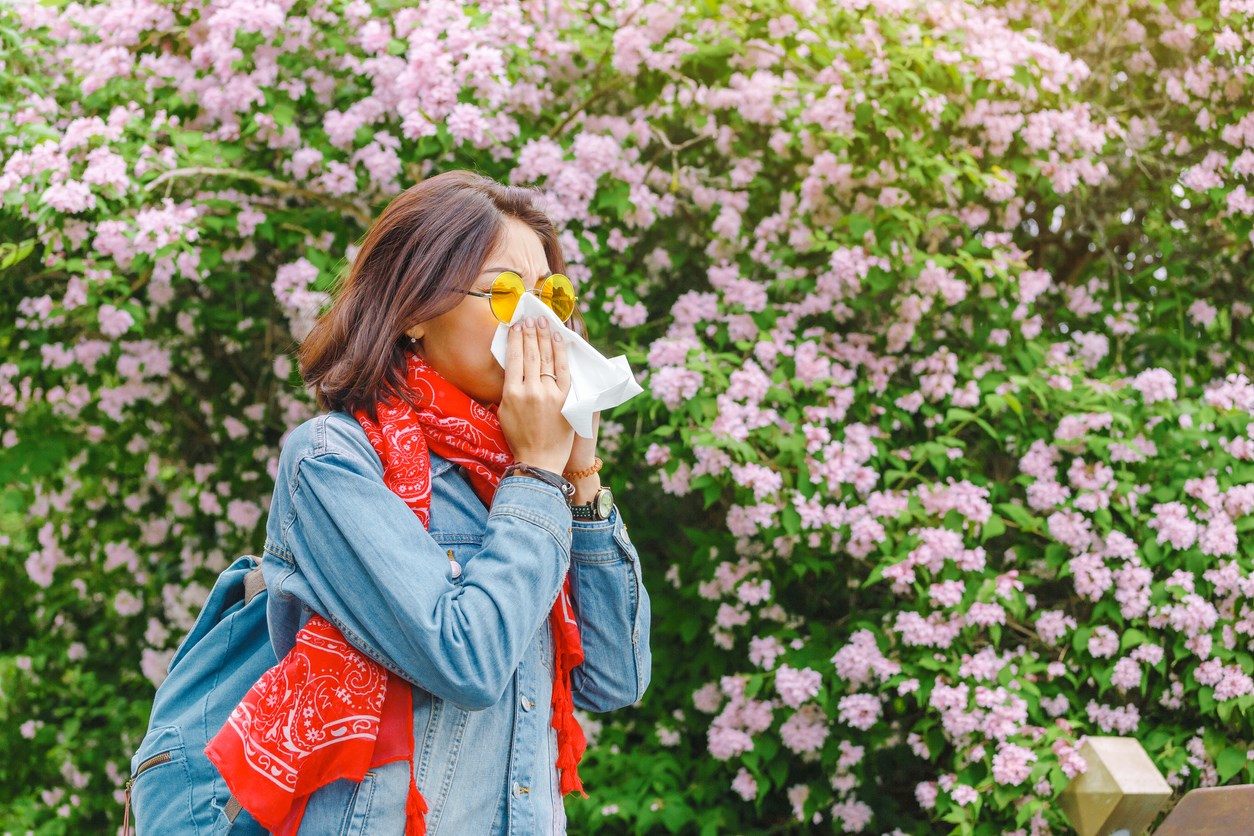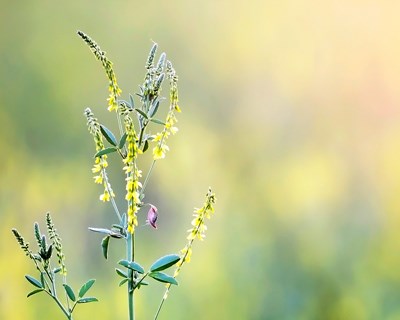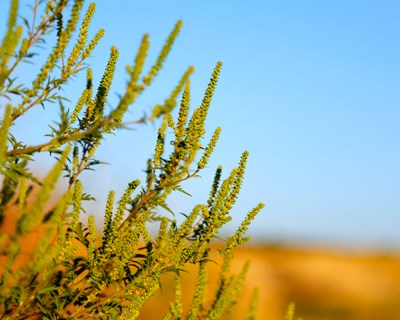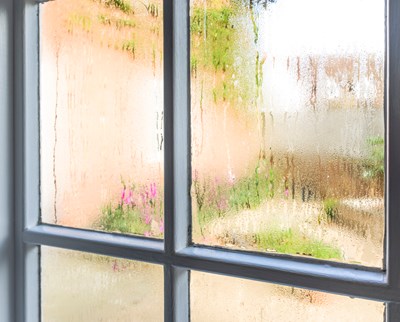
You’ve probably heard the term pollen count or mould count, especially during allergy season. This is because the count of pollen and mould spores in the air can have an impact on people with allergy symptoms.
Thankfully, there are sources that provide pollen and mould counts and even in some cases, the types of pollen and mould.
What Are Pollen and Mould Counts?
A pollen count or mould count is based on the measurement of the number of grains of pollen or mould spores in a cubic meter of air. As the count of pollen or mould increases, people who have allergies may experience worsened symptoms.
Factors Affecting Pollen and Mould Counts
- Season - As the season change, so do the pollen and mould counts. However, many plants pollinate all year which can lead to year-round allergy symptoms. It’s important to know which pollens can have an effect on you since different types of pollens are released into the air.
- Weather - Allergy symptoms typically worsen during dry, warm, and windy weather. These conditions are ideal for pollen to be released, and the wind spreads the pollen in the air. Additionally, heat and humidity are good conditions for mould to grow in. Heavy rain can wash pollen away, but light rain only stirs up the pollen.
- Time of Day - Depending on the time of day, allergens can have higher or lower counts. Pollen counts are typically highest between 5 am and 10 am. Avoiding the outdoors during those times can help prevent an increase of allergy symptoms.
- Where you Live - Just like seasons and weather vary based on where you live, so do pollen and mould counts. These counts may be higher depending on your location and its typical weather and seasonal patterns. Places that typically have dry, warm, windy or high humidity, may increase your chances of worsened allergy symptoms.
Finding Pollen and Mould Counts in Real Time
- The National Allergy Bureau (NAB) provides “pollen and spore data over a 24-hour period, for example from 8 am until 8 am the following day.” They advise viewers to take into consideration that the data presented as “Today’s Level” reflects some data from the previous day.
- The Weather Channel has their own Allergy Tracker that allows users to personalize their experience. Users cans see pollen levels broken down by types, highest pollen hot spots, historical pollen counts, breathing index, and a personalized tracker. The personal tracker provides suggestions based on current outdoor temperature, current humidity, and your indoor thermostat.
When researching information on pollen and mould from multiple sources, it is helpful to compare the reporting methods used by each source.
Although they sound similar, a pollen count and a pollen forecast are different. Pollen counts are from counting stations and based on actual counts reflecting real-time weather. Pollen forecasts are based on pollen data from previous years and general weather forecasts.
Tips on Preventing and Managing Pollen and Mould Allergy Symptoms
- Monitor pollen and Mould counts - Stay informed on pollen and mould counts to avoid outdoors while levels are higher.
- Stay indoors - Staying indoors may seem like a simple tip for avoiding allergy symptoms, but it is also important to ensure your indoor space is also clean from outdoor allergens.
- Plan outdoor activities around counts - To avoid aggravating allergy symptoms, plan outdoor activities during the times where pollen and mould counts are lower.
- Keep windows and doors shut in your home and car - Shutting windows and doors is an easy way to reduce the number of outdoor allergens entering your home or car.
- Know your pollen allergy - Pollen and mould counts may vary based on the type. Knowing what you are allergic to and when counts are highest can help you manage symptoms.
- Spring and summer: Tree and grass pollen season. Levels are generally highest in the evening.
- Late summer and early fall: Ragweed pollen season. Levels are generally highest in the morning.
- Personal hygiene - Prevent outdoor allergens from making their way inside. Some tips on keeping your indoor space clear of allergens is to take a shower as soon as you get home, avoid sitting or touching anything after coming inside, and wash sheets, blankets, and towels more frequently.
- Use an air purifier for indoor spaces - TruSens™ Air Purifiers contain HEPA filters that capture particulate matter as small as 0.3 microns, including dust, pollen and mould particulates. Having an air purifier can reduce airborne allergens in your indoor space. TruSens™ Allergy & Flu Filter is an antiviral True HEPA filter that captures 99% of airborne allergens and viruses, including the H1N1 virus.
If symptoms are severe, we recommend you consult your physician before making any decisions on how to address your specific concern/room conditions.


